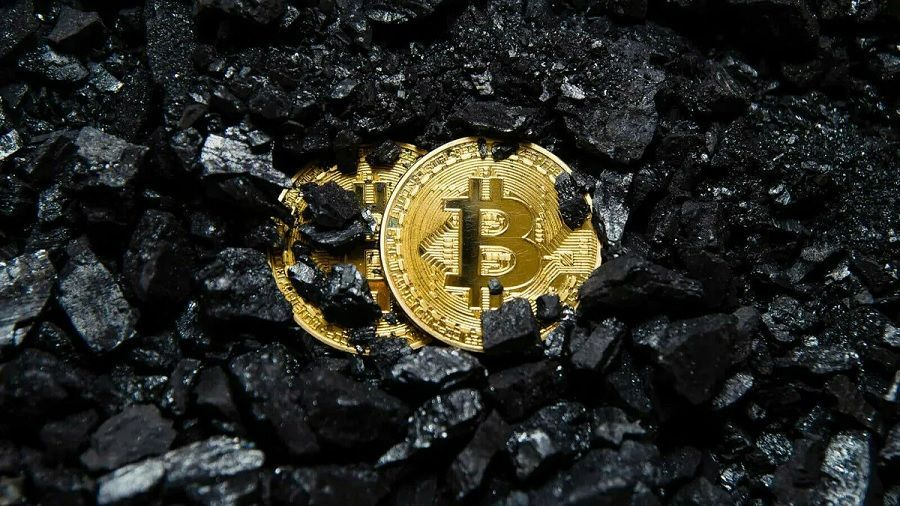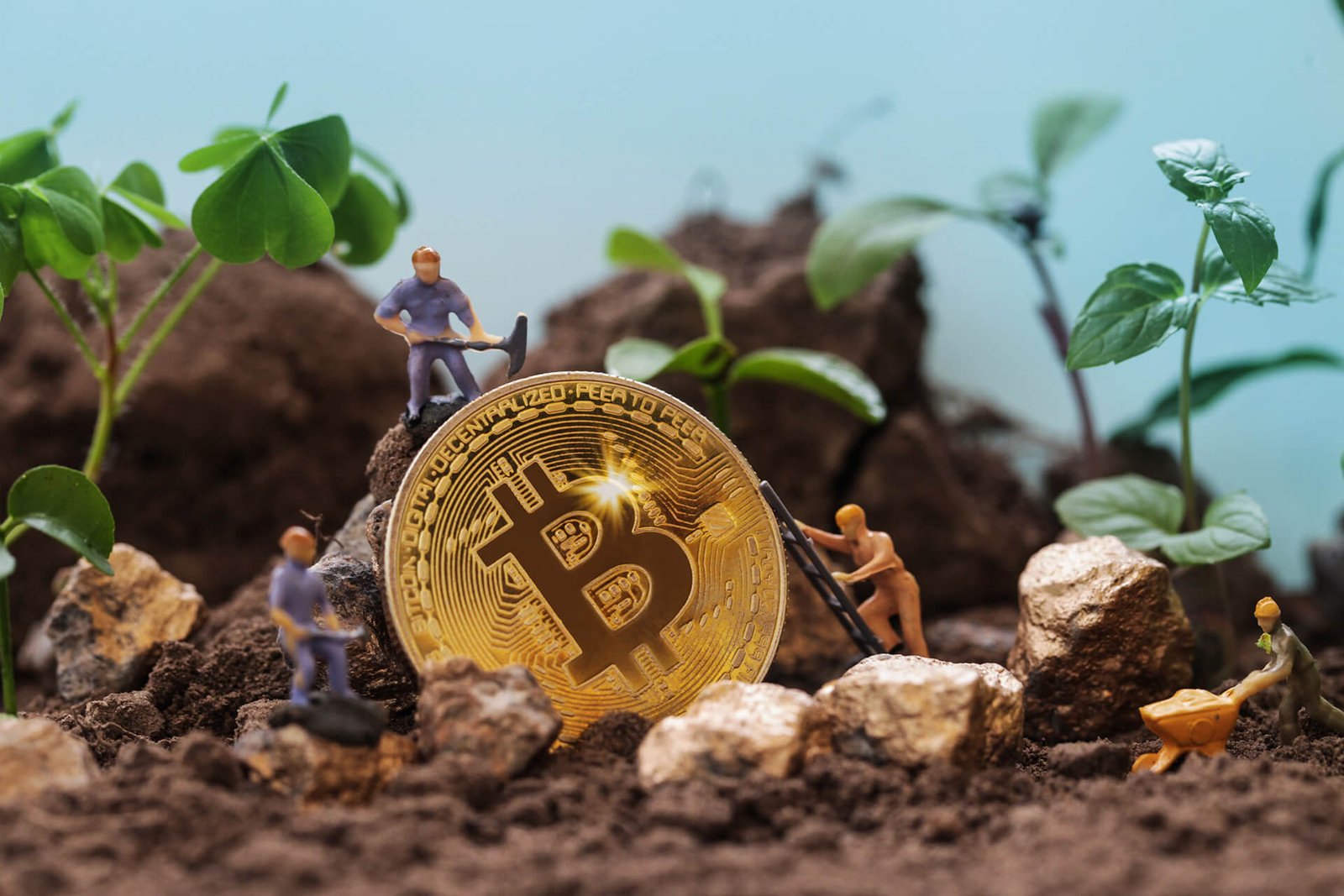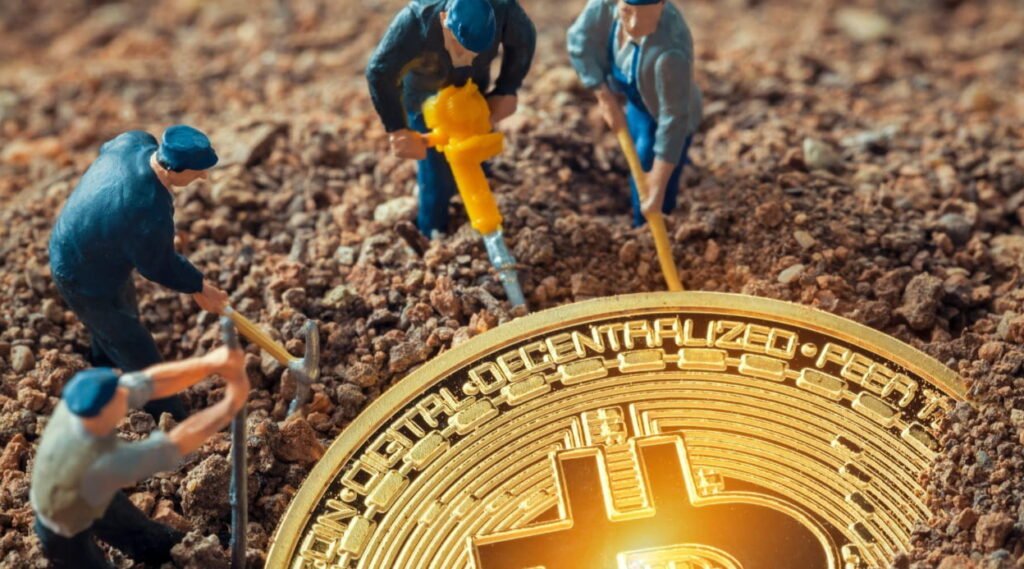Bitcoin mining is the process of verifying transactions on the Bitcoin blockchain and adding them to the public ledger. It is not controlled by any one person or group. This is also how fresh bitcoins are produced and put into circulation. At its core, this technique depends on strong computers competing to figure out difficult cryptographic challenges. The first miner to solve the riddle gets to add a new block to the blockchain and gets paid in fresh bitcoins and transaction fees. The Bitcoin Network is safe against fraud and manipulation because to this method, which is called Proof of Work. Because there is no one person in charge of Bitcoin, miners work as independent validators to make sure that every transaction respects the rules and that coins aren’t spent twice. The fact that this process is decentralized is one of the things that makes Bitcoin a trustless system.
Evolution of Bitcoin Mining Technology
In the beginning, anyone with a regular computer could mine Bitcoin. CPUs were enough to compete for block payouts. As more people became interested, the competition rose, which led to the usage of GPUs, which had much more processing capacity. The competition to build better technology went on with the development of FPGAs, and finally, customized ASICs became the norm. ASICs, which stands for Application-Specific Integrated Circuits, are computers made just for doing the SHA-256 hashing that Bitcoin uses. They are the fastest and most efficient machines fo 
Because of this, mining has become considerably harder because of the increase in hardware power. Difficulty is a measure of how hard it is to locate a new block. It changes automatically every two weeks or so, depending on how many miners are on the network. As hash rates go up around the world, the difficulty goes up too, keeping the average time it takes to make a block at about 10 minutes.
Bitcoin Mining Economic Dynamics
Mining Bitcoin isn’t simply a technical job; it’s also an economic one. To compete for block rewards, miners spend a lot of money on hardware and use a lot of electricity.How profitable a mining business is depends on electricity costs, technical efficiency, Bitcoin market value, and network difficulty. Blockchain’s “halving” occurrence halves block rewards every four years. Starting at 50 bitcoins every block, the reward has been lowered multiple times to 3.125 BTC in 2024. Bitcoin’s deflationary monetary strategy relies on these events, which limit new production and alter market pricing and demand. A growing number of miners request transaction fees. Fees may become miners’ major source of income as block rewards decrease. This means that network activity and transaction volume will be very important for the long-term health of mining.
Environmental Impact of Mining

As a result, more and more mining companies are switching to renewable energy sources. Mining companies are using more and more hydroelectric power, solar energy, wind farms, and even geothermal sources to power their work. Some miners also use stranded or wasted energy, which is energy that would otherwise go unused, as a cheap and long-lasting solution.Local governments and environmental rules also help push mining to be more environmentally friendly. As people pay more attention, sustainability might give mining companies an edge, especially in areas with strict energy rules.
Bitcoin Mining Centralization Risk
Bitcoin was supposed to be decentralized, but mining currently concentrates power in large pools. These pools combine miners’ hashing power to increase their chances of winning. Next, miners receive incentives based on their contributions. Putting these resources together could centralize everything, which is dangerous. If it held more than 50% of the network’s hash rate, one pool might conduct a 51% attack. This would compromise blockchain security and trust. The crypto industry discusses this scenario despite economic disincentives and community control making it unlikely.
Some projects are working on creating decentralized mining protocols and encouraging solo mining in order to keep decentralization. However, these methods make mining less profitable and more risky for individual miners.
Final thoughts
The rules for Bitcoin mining are very different in different parts of the world. Countries like China have banned mining altogether because of environmental and financial dangers. This has forced many mining businesses to move. On the other hand, countries like El Salvador, Kazakhstan, and some portions of the United States have welcomed mining by giving it tax breaks and access to cheap electricity.
The financialization of Bitcoin is also causing more regulatory scrutiny.As more institutions get involved, authorities want to understand more about the mining business and possibly influence taxation, energy use, and financial systems. Future mining changes will be greater. Mining is becoming more efficient because to new technologies like AI-driven optimization and liquid cooling systems. While other consensus mechanisms, like Proof of Stake, advance, some worry what the future holds for Proof of Work systems. Mining is still crucial to Bitcoin’s design because it establishes an economic incentive structure that promotes security, decentralization, and network health.

















